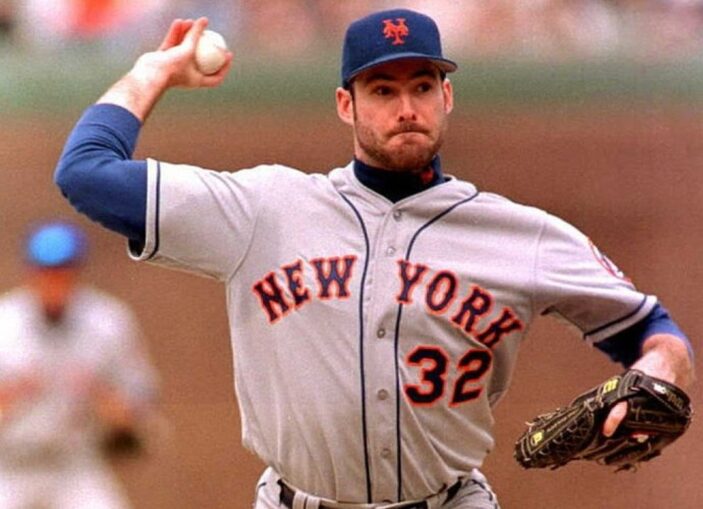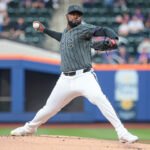
In this series leading up to the MLB Draft on July 17, we’ll look back at the backgrounds of some notable Mets picks prior to their arrival in the big leagues. We’ve covered three of the best players in franchise history, including 1980 top pick Darryl Strawberry. The next one featured went first overall to the Mets as well, but didn’t enjoy quite the same success in Queens.
The Mets have held the No. 1 overall selection five times. The most recent, now nearly 30 years ago, had a major league career most aspiring ballplayers would take. But for a top pick, especially with the team that had him initially, it was unfulfilled.
Wilson could’ve been part of the Pittsburgh Pirate organization when he was taken in the 57th round of the 1991 Draft, but the Boone High School star opted to stay closer to his Orlando, Fla. home—choosing Florida State University instead.
“It wasn’t the right time,” Paul Wilson said, according to a Washington Post article. “If they drafted me sooner, I might have gone. I wanted to play ball.”
He played ball with the Seminoles and his stock improved tremendously. Over three seasons in Tallahassee, Wilson won 27 of 38 decisions and posted a 2.77 ERA. He struck out 299 in 304.2 innings.
By his junior year, he had a fastball that hit 95 miles per hour and a command that made him college baseball’s best pitcher.
Wilson led FSU to the College World Series with a 2.08 ERA over 143 innings, striking out 161 hitters while walking just 32. He was selected to the All-ACC, Baseball America, and National Collegiate Baseball Writers Association All-American teams for 1994. Wilson was one of nine finalists for the Golden Spikes Award, presented annually to the top amateur baseball player in the country.
The Mets, in the midst of a significant rebuild, didn’t pin their hopes on one young pitcher to bolster their future rotation. They had three.
Wilson was certainly at the forefront of a trio of promising arms. He, Bill Pulsipher, and Jason Isringhausen arrived with lofty ambitions and a catchy nickname of “Generation K.”
But even the best-laid marketing plans can derail. If blame was to be place on a specific reason why the high hopes this trio brought about came down to earth, injuries—and what led to them—are the chief culprit. There was the belief these three would perennially challenge the twenty-win plateau-like Seaver, Koosman and Matlack did in the ’70s. As it turned out, they combined for 29 victories.
Similar to Pulsipher, the organization’s Minor League Player of the Year in 1994, Wilson was a victim of overuse as he developed: 186.2 innings in Double-A and Triple-A in 1995. As a result, he pretty much-damaged products when he reached the big leagues.
After spending more than a month out with tendinitis in his right shoulder, he finished 1996 with a 5-12 record and a 5.38 ERA. It turned out to be the only full season he had with the Mets.
Before the ’97 season got started, his right shoulder gave out again. He needed the entire year to recover from surgery.
He never saw a major league mound again until 2000—with the Tampa Bay Devil Rays, who acquired him in exchange for Bubba Trammell and Rick White. By 2005 (with a record of 40-58 with a 4.86 ERA), his career was over. Spending seven seasons in the majors can’t be considered a failure, but the trajectory of an MLB life like Wilson’s could’ve drastically changed under different circumstances.















